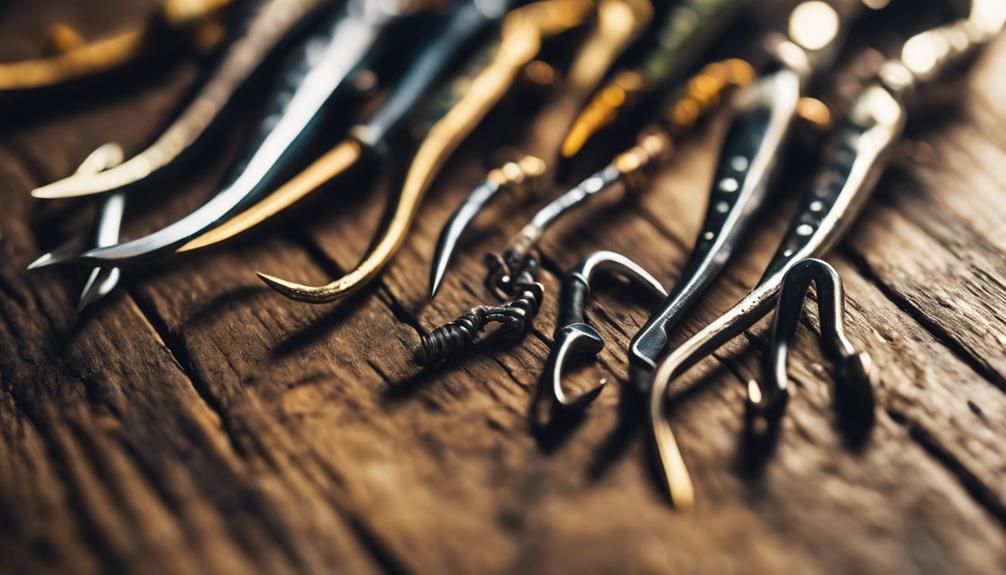Fishing is not only a popular pastime but also a way to connect with nature and unwind from the hustle and bustle of daily life. However, before you cast your line into the water, it’s essential to understand the regulations surrounding fishing licenses. In this blog post, we will explore the various factors that influence how much a fishing license costs, what types of licenses are available, and how to obtain one in your state.
Understanding Fishing Licenses: What Are They?
A fishing license is essentially a permit issued by state or local authorities that allows an individual to fish in designated waters. The primary purpose of fishing licenses is to regulate and manage fish populations while ensuring sustainable fishing practices. These licenses help fund conservation efforts, maintain aquatic habitats, and support recreational fishing programs. The cost of a fishing license may vary widely based on several factors, including the type of fishing you plan to do, your residency status, and the duration of the license.
Factors Influencing the Cost of a Fishing License
When asking “how much is a fishing license?” it’s crucial to understand that several factors come into play. Firstly, the type of fishing license you require (freshwater, saltwater, or a combination) can significantly impact the price. Freshwater licenses are generally less expensive than saltwater licenses. Additionally, resident licenses typically cost less than non-resident licenses. The age of the angler also plays a role; many states offer discounted rates for seniors, children, and disabled individuals. Furthermore, some states may charge extra for special permits, such as those needed for specific fish species or fishing in certain areas.
Types of Fishing Licenses Available
Fishing licenses can be categorized into several types based on user needs and fishing environments. Common types include:
1. Freshwater Fishing License: This is required for fishing in lakes, rivers, and streams.
2. Saltwater Fishing License: Necessary for fishing in oceans and other saltwater bodies.
3. Combination License: This type allows fishing in both freshwater and saltwater.
4. Temporary License: Ideal for tourists or occasional anglers, this license is valid for a limited time.
5. Lifetime License: For avid fishermen, some states offer a one-time purchase option that grants lifetime fishing privileges.
Each of these licenses has different fees associated with them, so it’s essential to research what is available in your state to determine “how much is a fishing license” that suits your needs.
State-Specific Fishing License Costs
The cost of fishing licenses can vary dramatically from state to state. For instance, in California, a resident fishing license can cost around $50, while a non-resident license may be upward of $140. In contrast, states like Texas may charge around $30 for residents and $60 for non-residents for a freshwater fishing license. It’s advisable to check the official website of your local wildlife agency or department of natural resources to get the most accurate and up-to-date pricing information. Additionally, many states offer discounts during certain times of the year or for specific groups, which can lower the overall cost.
How to Obtain a Fishing License
Obtaining a fishing license is often a straightforward process. Most states provide several options for purchasing a fishing license, including online, over the phone, or in person at designated locations such as sporting goods stores, bait shops, and government offices. To buy a fishing license, you typically need to provide some personal information, including your name, address, and date of birth. Additionally, be prepared to show identification and, in some cases, proof of residency. Once purchased, keep your fishing license with you whenever you fish, as failure to present it can result in fines or penalties.
The Importance of Fishing Licenses for Conservation
One common question among new anglers is, “how much is a fishing license worth?” Beyond the monetary cost, it’s vital to recognize the environmental impact of obtaining a fishing license. License fees contribute directly to conservation efforts, including habitat restoration, fish stocking programs, and public fishing access. By purchasing a fishing license, you are not only complying with local regulations but also supporting the sustainability of fish populations and aquatic ecosystems. This financial contribution is crucial for maintaining the health of our lakes, rivers, and oceans, ensuring that future generations can enjoy fishing.
Frequently Asked Questions about Fishing Licenses
Many anglers have questions regarding fishing licenses. Here are a few common inquiries:
– Do I need a fishing license if I am fishing from a private pond? In most states, a fishing license is still required, even for private waters.
– Can I fish without a license during designated free fishing days? Some states do have free fishing days where no license is required, but it’s essential to check local regulations.
– What happens if I fish without a license? Fishing without a valid license can result in fines, penalties, or even confiscation of your fishing gear.
To avoid any issues, always check your state’s regulations before heading out to fish.
Conclusion: The Value of a Fishing License
In conclusion, the question of “how much is a fishing license?” varies based on several factors, including state regulations, residency status, and the type of fishing you plan to do. While the costs may differ, the value of a fishing license extends far beyond financial investment. It plays a crucial role in conservation efforts, local economies, and maintaining the balance of our aquatic ecosystems. So, whether you’re an experienced angler or just starting, understanding the importance of fishing licenses will enhance your fishing experience and help preserve the natural resources we all cherish. Always make sure to stay informed and comply with local regulations to ensure a responsible and enjoyable fishing journey.
